Things to remember
a. The Double by North is called a “responsive double”. It comes as a response to partner’s overcall, or as a take out double after both opponents – opener and responder -, bid and raised a suit. It is similar to the negative double, but normally it is showing the other 2 unbid suits and usually also tolerance for partner’s suit. It also shows some points, suggesting to compete for the part score (or give a penalty double if opponents go too high).
South’s double is a takeout double, showing 12+ points, shortness in Hearts, and tolerance for the other suits.
North’s double is a responsive double showing both minors and likely 3 cards in spade (but not mandatory) plus some points, like:
Note that with 4 cards in spade, and after South’s double, North should bid 2♠, not double.
b. When leading your partner’s suit:
– With KQx, QJx or J10x – lead top of sequence.
– From Kxx , Qxx or Jxx – lead your LOWEST card.
– From xxx – lead the middle (if playing Attitude leads), OR the lowest (if playing count leads).
c. If your opponent does something unusual like overtaking his partner’s winning trick, and switches to another suit there is a very good chance he has a singleton in that suit. It can also be that he is taking the lead to attack a weak suit in dummy. However if the suit he returns is not through dummy’s weakness, he clearly has a singleton and wants a ruff.
d. To prevent ruffs by defenders, consider a loser on loser play as declarer, to cut communication between opponents. This maneuver here, in this hand, is called a “scissor’s coup”.
e. As declarer, COUNT! Count losers (or tricks), count opponents’ points (from the bidding), and see if you can read something into the lead (sequence, shows honor, denies honor, etc.). This count can help you place the missing cards and play the hand as if it were open!

Comments
6 responses to “Seeing through cards #1”
Nice analysis:)
I would like to see more of this type of analysis.
Extremely good lesson. Shows how to think more. Real info we can use.
I don’t understand why bidding shows exactly 3 hearts for West. What if he has 4 hearts?
Repeat of H bid by E shows that he has 6 cards. But it dosnot matter. More important lesson is to cut communication by discarding looser H on CK.
Thanks so much – this might improve my bridge … great questions and helping us see the riddles around the bidding and play of cards. Are there any books or websites with more of these type analysis or problems? I look forward to reading and studying more of these.